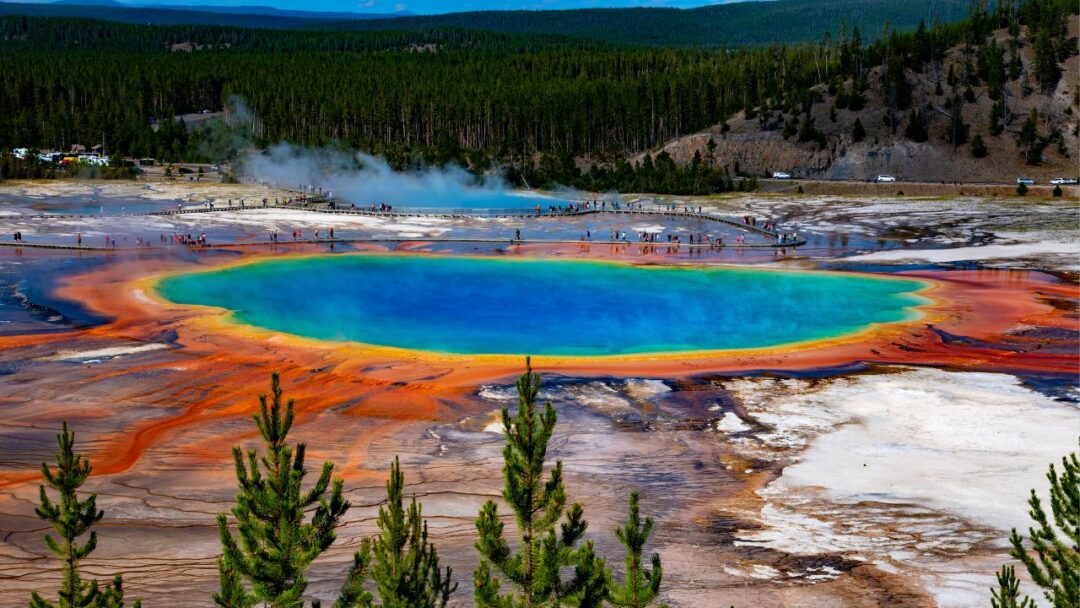Table of Contents

Introduction
Why is Ranthambore’s cry for help. The stunning Ranthambore National Park, a refuge for magnificent Bengal tigers and a variety of wildlife, is located in Rajasthan, India. But a serious problem lurks beneath this breathtaking natural beauty. The park has become contaminated with plastic, putting its inhabitants in danger and detracting from its beauty. Let’s examine the difficulties Ranthambore is facing and see how we can work together to protect its future.
Ranthambore Park: A Natural Gem
India’s dedication to the preservation of wildlife is symbolized by Ranthambore National Park. It is a UNESCO World Heritage Site and well-known for its abundant biodiversity and thriving tiger population.
How can I book a safari in Ranthambore?
Safari bookings can be made online through the official Rajasthan Forest Department website or through authorized tour operators. It’s advisable to book well in advance, especially during the peak season.
Book Safari For Ranthambore National Park
The Pollution Predicament
Issue 1: Unchecked Plastic Sales
One glaring problem is the unregulated sale of plastic items without any restrictions within the park, flooding this pristine ecosystem with plastic waste.
Issue 2: Visitor Litter
Unaware tourists often bring plastic bags and leave litter strewn across the park and fort, marring its natural beauty.
Issue 3: Ineffective Waste Disposal
Local workers resort to burning plastics on the fort due to a lack of alternative waste management methods, contributing to air pollution.
Issue 4: Commercialization Challenges
Shops around the Three Netra Lord Ganesh Temples, while catering to visitors, also contribute to the park’s waste, often resorting to burning trash.
Why Are These Issues Critical?
These issues arise from a lack of awareness, proper regulations, and sustainable waste management practices. As the park’s popularity grows, so does the plastic pollution threatening its unique ecosystem.
10 Best National Park to Visit in India
What Can We Do?
- Regulations and Education: Enforce strict rules on plastic use within the park and educate visitors on the importance of responsible tourism.
- Effective Waste Management: Invest in efficient waste disposal methods, including recycling and safe waste management practices.
- Community Involvement: Engage local communities in conservation efforts and provide them with sustainable livelihood alternatives.
The Significance of Ranthambore
Ranthambore is more than just a park; it serves as a symbol of our dedication to protecting the wonders of nature. More than just a tourist attraction, it serves as a reminder of our responsibility to preserve the biodiversity of our planet.
In Conclusion
We are at a crossroads as the sun is setting over Ranthambore National Park. The future of this extraordinary ecosystem will depend on the decisions we make today. Let’s band together to protect Ranthambore’s beauty, both as individuals and as a community. Our actions go beyond merely preserving a park; they also protect our relationship with nature and acknowledge our duty to take care of the planet. Our call to action is the cry for assistance from Ranthambore. Will we answer?
Remember, nature’s beauty is not just for us but for generations to come.
Frequently Asked Question (FAQ)
What is Ranthambore National Park known for?
Ranthambore National Park is renowned for its population of Bengal tigers and is one of the best places in India to see these magnificent creatures in their natural habitat.
Where is Ranthambore National Park located?
Ranthambore National Park is located in the Sawai Madhopur district of Rajasthan, India.
How can I reach Ranthambore National Park?
You can reach Ranthambore by train or road, with the nearest major railway station being Sawai Madhopur. The park is well-connected by road from major cities like Jaipur and Delhi.
What is the best time to visit Ranthambore National Park?
The best time to visit Ranthambore is from October to June when the park is open. The winter months (November to February) are ideal for tiger sightings, while the summer months (March to June) offer better wildlife visibility due to thinner vegetation.
What types of safaris are available in Ranthambore?
Ranthambore offers both Jeep safaris and Canter safaris. Jeep safaris are ideal for smaller groups and offer a more personalized experience, while Canters can accommodate larger groups.
Are there any restrictions on photography in the park?
Yes, there are guidelines for wildlife photography in Ranthambore. Using flash and making loud noises to attract animals are strictly prohibited. It’s essential to follow these rules to ensure the safety of both visitors and wildlife.
Can I see animals other than tigers in Ranthambore?
Yes, Ranthambore is home to a diverse range of wildlife, including leopards, sloth bears, crocodiles, various species of deer, and numerous bird species. While tigers are the main attraction, you’ll have the opportunity to see other fascinating creatures as well.
Are there accommodations available inside Ranthambore National Park?
Yes, there are several resorts and lodges located around the park that offer accommodations ranging from budget to luxury. It’s recommended to book accommodations in advance, especially during the peak season.
Is Ranthambore safe for tourists?
Ranthambore is generally very safe for tourists. However, it’s important to follow the instructions of your safari guide and adhere to park rules to ensure your safety and the conservation of the park’s wildlife.
Can I visit Ranthambore with children?
Yes, Ranthambore is a family-friendly destination. Many resorts and lodges offer family-oriented packages, and children can enjoy the thrill of spotting wildlife in the park.
What should I carry while visiting Ranthambore National Park?
You should carry essentials like comfortable clothing, sunscreen, a hat, binoculars, a camera, and any necessary medications. Avoid wearing bright colors and stick to earthy tones for better wildlife viewing.
Is there a best zone for tiger sightings in Ranthambore?
Zones like Zone 3, Zone 4, and Zone 6 are known for frequent tiger sightings, but remember that tiger sightings in the wild are never guaranteed.
Are there night safaris available in Ranthambore?
No, night safaris are not allowed in Ranthambore National Park to minimize disturbances to nocturnal wildlife.
Can I visit the Ranthambore Fort during my trip to the national park?
Yes, you can visit Ranthambore Fort, which is a UNESCO World Heritage Site and located within the national park. It offers a glimpse into the region’s history and provides panoramic views of the park.





Pingback: Point Source Pollution: The Toxic Time Bomb We Can No Longer Ignore | Animal TV Hindi